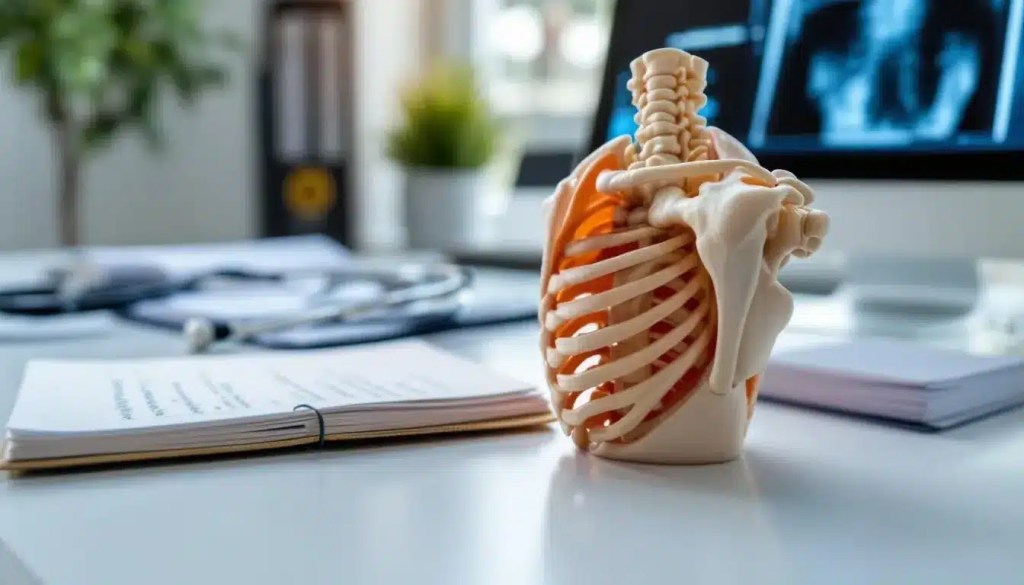Understanding why shoulder surgeons get sued—and how to stay out of court.
The Litigation Landscape
Metric | Shoulder surgery | All physicians |
Annual risk of being sued | 14 % of orthopaedic surgeons every year | 7 % national average |
Typical ruling after rotator-cuff claims | 60 % defendant wins | – |
Average indemnity if surgeon loses | c. $694 k (verdict), $1.4 M (settlement) |
Procedures most likely to land you in court (volume-adjusted)
- Manipulation under anaesthesia (MUA): 251 × more likely to be litigated than rotator-cuff repair.
- Washout / lavage: 17 × more likely.
Why Claims Arise
Common allegation | Typical trigger | Prevention tip |
Pain & weakness after rotator-cuff repair (65 %) | Unrealistic expectations | Pre-op counselling; document baseline function. |
Limited range of motion (57 %) | Adhesive capsulitis, poor rehab | Early physio and clear home-exercise plan. |
Inadequate haemostasis / haematoma | Bleeding vessel missed | Systematic final check list; record intra-op findings. |
Nerve injury (Axillary, musculocutaneous) | Traction, interscalene block | Arm-position timers; anaesthesia check sheet. |
Implant / hardware failure | Device defect or wrong use | Know your kit; keep lot numbers. |
Growth in lawsuits is also fuelled by rising patient expectations, rapid tech change (perceived “obsolete” techniques), patchy consent, and strained doctor-patient relationships.
Risk-Reduction Toolkit
Rock-solid informed consent
Include—in writing and verbally:
- Procedure, benefits, realistic goals (pain may improve by 95 % even if repair fails).
- Common & serious risks: infection (< 0.5 % arthroscopic; > 1.5 % open) stiffness; nerve/vascular injury.
- Alternatives: physio, injections, no surgery.
- Post-op rehab commitment and possible need for further surgery.
- Opportunity for questions; patient receives a copy.
3.2 Technical & organisational safeguards
- Match complexity to experience; high-volume surgeons have lower complication rates.
- Maintain video/photo records for all arthroscopies.
- Standardise checklists for haemostasis and hardware counts.
- Early, structured rehab—share protocols with therapists.
- Document everything: discussions, findings, intra-op events, post-op calls.
Clinical Pearls / Key Points
- Rotator-cuff repair is most frequently litigated; MUA is most litigation-prone per case volume.
- Most claims hinge on persistent pain, weakness or stiffness—not dramatic catastrophes.
- Clear, recorded consent and expectation-setting remain the strongest legal defence.
- Arthroscopy cuts deep-infection risk to < 0.5 %.
- Even failed cuff repairs relieve pain in ≈ 95 % of patients—tell them that.
FAQs
Is settling cheaper than going to trial?
Usually yes—average verdicts exceed settlements several-fold, but every case is unique.
Does videoing every arthroscopy really help?
Yes; it proves what you saw and did, and can rebut claims of missed lesions or poor technique.
Should rare complications go on the consent form?
If they are serious, yes. The legal test is materiality to this patient, not sheer frequency.
Disclaimer
This guide offers general information for healthcare professionals. It is not legal advice. For case-specific guidance, consult a qualified medicolegal specialist or solicito

